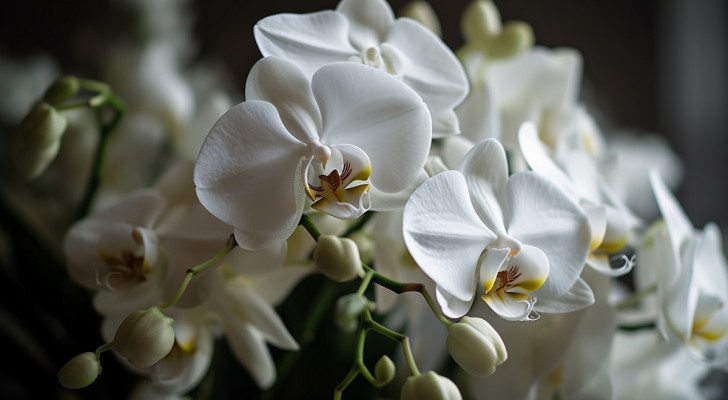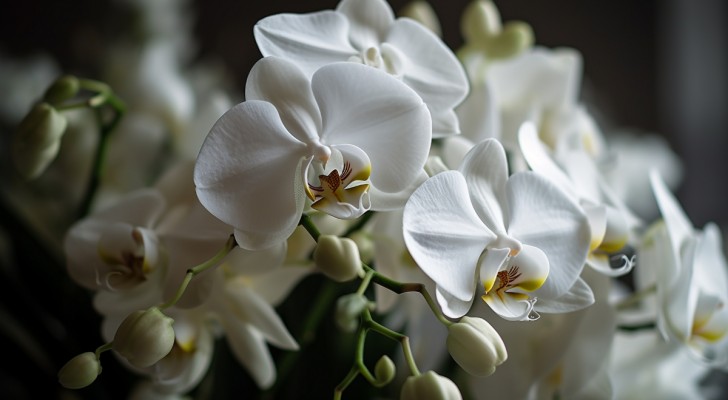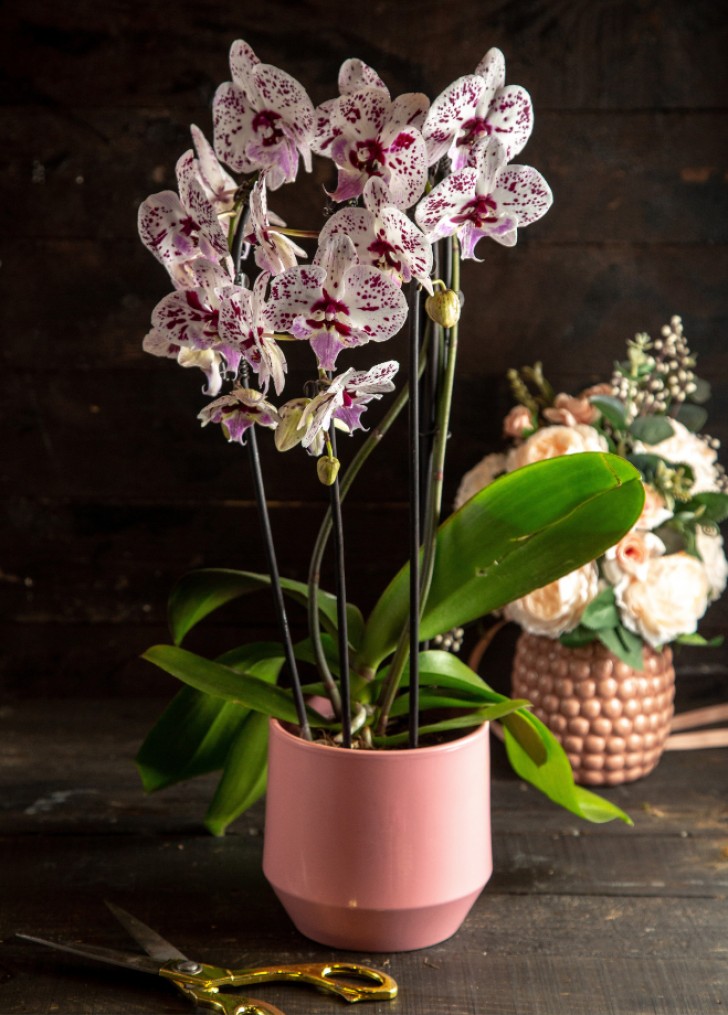Has your orchid wilted? Reinvigorate it and get it to flower again using these methods

Orchids are among the most popular of indoor plants due to their highly decorative flowers, but they are equally challenging to cultivate because of their many needs regarding climate and nutrition. It often happens that an orchid, once at home, completes its flowering cycle and doesn't produce additional flower again.
The causes of this lack of flowering can be diverse and not necessarily related to plant distress. Check your plant for other signs of trouble: dry or rotten roots, drooping or yellowing leaves may be additional signals to help identify the problem with your orchid.
Orchids have very long flowering periods, sometimes lasting up to 3 months, and some species produce flowers twice a year. Learn to recognize their varieties to understand, and address, all the needs of your specimens.
The method to make your orchid bloom again

By following the right steps, your orchid will bloom again in no time:
- The first step you can take to promote healthy growth of your orchid, is to remove the old flower nodes/spikes after they have dried, using a sharp, sterile tool. If your orchid is a Phalaenopsis, only remove the dried flowers, keeping the node to encourage reflowering.
- Reduce watering after flowering when the plant enters its vegetative rest period. If you notice the leaves becoming limp, repot the plant when the soil is dry.
- Repotting should be done every 2 years when the soil is depleted or when the plant's roots have outgrown its pot. Always wait until after flowering and the vegetative rest period.
How to repot an orchid

To correctly repot your orchid, proceed as follows:
- Remove the orchid from the pot and carefully clean the soil off it, if necessary, rinsing the roots under running water.
- Using a sharp and disinfected cutting tool, remove any rotten or dry roots. To disinfect the tool, use denatured alcohol or the flame of a lighter.
- Place a layer of new soil at the bottom of the new pot, which should be about 5 centimeters larger than the old one. The ideal soil is composed of moss and bark or expanded clay.
- Place the orchid in the pot and add more soil, making sure it fills the spaces between the roots.
- Water with a mix of water and orchid-specific fertilizer.
With these precautions and a bit of patience, your orchids will regularly bloom again at the end of their vegetative rest season.